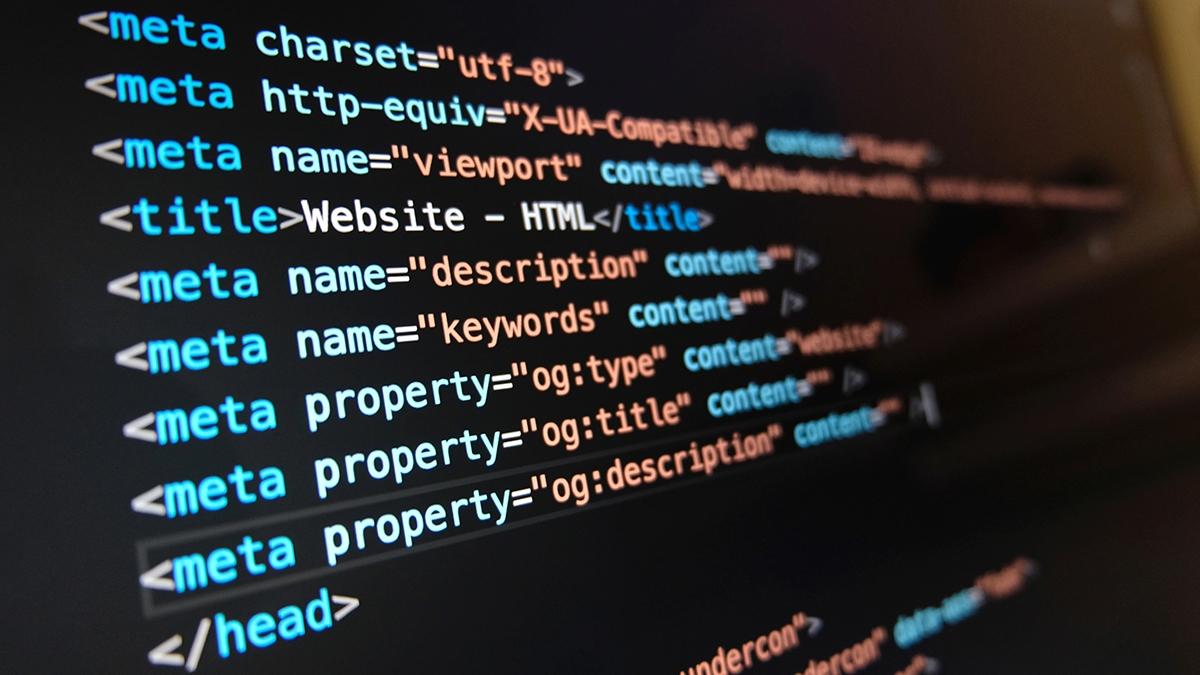Understanding UTF-8 For Non-Coders

- Jan 15, 2024 modified: Jul, 04 2025
Understanding UTF-8 For Non-Coders
UTF-8, which stands for Unicode Transformation Format 8-bit, is a character encoding standard that represents most of the world's written languages using a variable-length encoding scheme. It is a widely used encoding for handling text in computing, including the representation of characters from the Unicode character set.
Still trying to understand?
Well, imagine text as a series of characters, like letters, numbers, and symbols, that computers use to show information on screens or process data. Now, different languages use different characters, and many languages worldwide exist. So, we need a way for computers to understand and show characters from various languages.
In the words of non-coders and non-programmers, UTF-8 is described as a special system that helps computers handle and display. The "8-bit" part means that it uses groups of 8 bits (the smallest data units in computing) to represent each character. This is useful because it allows UTF-8 to handle various characters.
Let’s delve deeper into understanding UTF-8 and how it’s essential to coding.
The Need for Character Encoding
The need for character encoding arises from diverse languages and symbols used globally. Different languages have unique characters that need to be represented in a way computers can comprehend. Without character encoding, computers might struggle to interpret and display text accurately, leading to confusion and errors in handling multilingual content.
Then, we are introduced to Unicode, the standardized system for encoding and representing text characters from virtually all the world's writing systems. It provides a unique numerical code, known as a code point, for each character, symbol, or glyph regardless of platform, program, or language.
UTF-8 is a character encoding standard representing characters from the Unicode character set. It uses variable-length encoding, allowing it to handle characters from different languages and scripts. UTF-8 reduces file size while allowing for a much larger number of less-common characters - see table below-:
The table shows certain characters, their Unicode Code Point, and their UTF-8 Encoding.
| Character | Unicode Code Point | UTF-8 Binary Encoding |
|---|---|---|
| A | U+0041 | 01000001 |
| € | U+20AC | 11100010 10000010 10101100 |
| 你 | U+4F60 | 11100100 10111100 10011000 10100000 |
The character 'A' has a Unicode code point of U+0041 and is represented in UTF-8 as the binary sequence 01000001.
The Euro symbol '€' has a Unicode code point of U+20AC and is represented in UTF-8 as the binary sequence 11100010 10000010 10101100. Notice how the Euro symbol, which falls outside the ASCII range, requires three bytes in UTF-8.
The Chinese character '你' has a Unicode code point of U+4F60 and is represented in UTF-8 as the binary sequence 11100100 10111100 10011000 10100000. Being outside the ASCII and extended Latin range, this character requires three bytes in UTF-8.
These examples illustrate how UTF-8 accommodates characters from different scripts and languages with varying byte lengths, making it a flexible encoding standard for handling diverse textual content.
The Importance of UTF-8
UTF-8 is essential for several reasons, and its widespread adoption has profoundly impacted how text is handled and displayed in computing. Here are some key reasons why UTF-8 is important:
1 Universal Character Representation
UTF-8 provides a standardized way to represent characters from virtually all the world's writing systems. It allows for the encoding and decoding of text consistently, ensuring a universal character representation.
2 Multilingual Support
With its ability to handle characters from a vast array of languages and scripts, UTF-8 facilitates multilingual support in computing. This is crucial for applications, websites, and systems that cater to a global audience.
3 Efficient Storage and Transmission
UTF-8 is designed to be space-efficient. Commonly used characters, such as those from the ASCII character set, are represented with a single byte, making storage and data transmission efficient. This is especially important for web pages and applications where minimizing data transfer is a priority.
4 Compatibility with ASCII
The compatibility of UTF-8 with ASCII ensures that existing ASCII-encoded text is also valid UTF-8-encoded text. This allows for a smooth transition from legacy encoding standards to Unicode.
5 Web Development Standard
UTF-8 has become the de facto standard for character encoding in web development. It is the default encoding for HTML, XML, JSON, and other web-related technologies. This ensures consistency and interoperability across different web platforms.
In summary, UTF-8 is necessary to provide a universal, efficient, and standardized way to represent text characters, enabling seamless communication, content creation, and data exchange in our increasingly diverse and interconnected digital world.

What can go wrong with UTF-8
In some programming languages like JSP the character encoding for the delivered page must be set to UTF-8 if you have the meta charset as UTF-8. This is because "The default for the response character encoding is ISO-8859-1 for traditional JSP pages".
<%@page pageEncoding="UTF-8"%>
MySQL databases also require care-:
If you're using MySQL 5.7, the default MySQL collation is generally latin1_swedish_ci because MySQL uses latin1 as its default character set. If you're using MySQL 8.0, the default charset is utf8mb4.
If you elect to use UTF-8 as your collation, always use utf8mb4 (specifically utf8mb4_unicode_ci). You should not use UTF-8 because MySQL's UTF-8 is different from proper UTF-8 encoding. This is the case because it doesn't offer full unicode support which can lead to data loss or security issues. Keep in mind that utf8mb4_general_ci is a simplified set of sorting rules which takes shortcuts designed to improve speed while utf8mb4_unicode_ci sorts accurately in a wide range of languages. In general, utf8mb4 is the “safest” character set as it also supports 4-byte unicode while utf8 only supports up to 3.
Characters you can copy and paste
⬀ ⬔ ❌ ✅
These characters can display on websites, Word Documents, PDFs and anywhere that supports the Unicode Transformation Format 8-bit character set - check more characters out
Search News Articles...
Recent Articles

Most AI Websites Fail to Rank
- Nov 18 2025
- /
- 233

Sitemap.xml Best Practices
- Oct 14 2025
- /
- 684

Fake Reviews on Google My Business
- Oct 07 2025
- /
- 446

Sending Emails from Code
- Sep 17 2025
- /
- 545

US Tariff Shifts Undermining eCommerce
- Sep 05 2025
- /
- 673

Small Business Success Formula
- Aug 23 2025
- /
- 520

Do Strong CTAs Help or Hurt Your Website?
- Jul 31 2025
- /
- 715

AI Crawlers vs Search Crawlers
- Jul 04 2025
- /
- 878

AI vs. Human Writing - How to detect Ai
- Jun 26 2025
- /
- 1283

Optimising for Brand SEO
- May 12 2025
- /
- 920
View All News Articles
Categories
A Gold Coast SEO and Web Developer